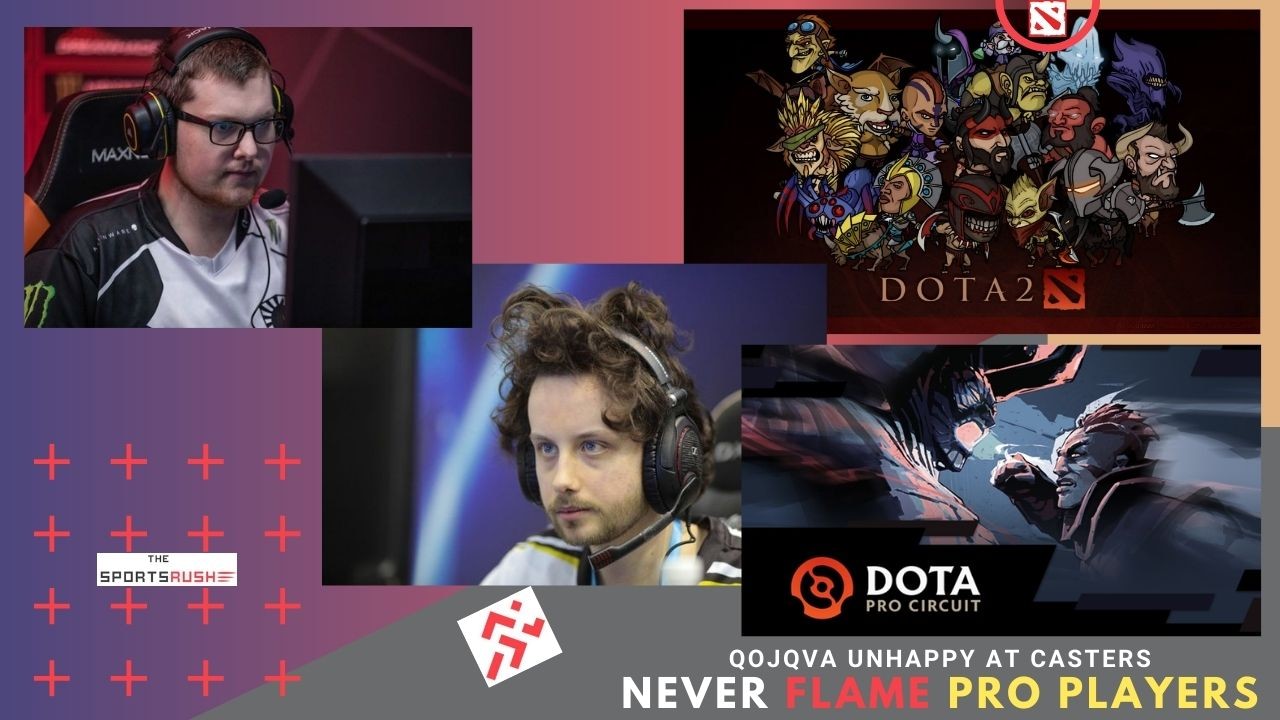The hallowed halls of competitive Dota 2 are often defined by skill, strategy, and championship victories. Yet, beyond the KDA ratios and Aegis snatches lies another, equally potent, measure of a player`s legacy: their popularity. In a refreshing departure from pure performance metrics, former professional players Max “qojqva” Brocker and Ludwig “zai” Wåhlberg recently tackled this subjective realm, crafting their joint tier list of Dota 2`s most popular players of all time. Their insights, shared in a video on the Team Liquid YouTube channel, have undoubtedly ignited a new wave of discussion among fans and pundits alike.
The Pantheon of Popularity: Who Made the S-Tier?
qojqva and zai`s S-tier is a testament to players who have not only dominated the competitive landscape but have also cultivated a formidable connection with the global Dota 2 community. This top echelon features names that resonate with both unparalleled skill and an almost mythical aura:
- Ilya “Yatoro” Mulyarchuk
- Topias “Topson” Taavitsainen
- Amer “Miracle-“ Al-Barkawi
- Michał “Nisha” Jankowski
- Neta “33” Shapira
This collection of champions represents a blend of consistent excellence, innovative playstyles, and moments that have irrevocably shaped Dota 2 history. From Yatoro`s fearless carries to Topson`s unconventional brilliance, Miracle-`s legendary mid-lane prowess, Nisha`s mechanical mastery, and 33`s groundbreaking offlane strategies, these players have not just won titles; they`ve inspired a generation of gamers. Their names are synonymous with peak performance and the kind of star power that elevates esports beyond mere competition.
Beyond the Pinnacle: Popularity`s Broader Spectrum
Intriguingly, the tier list extends beyond the absolute competitive peak, highlighting players whose widespread recognition, according to Brocker and Wåhlberg, remains immense, even if their career achievements might be viewed through a different lens. This tier includes a diverse group, spanning from established veterans to rising stars:
- Quinn “Quinn” Callahan
- Alan “Satanic” Gallyamov
- Anton “dyrachyo” Shkredov
- Danil “gpK~” Skutin
- Danil “Dendi” Ishutin
The inclusion of Danil “Dendi” Ishutin here is particularly poignant. As a champion of the very first International and a figure synonymous with the game`s early glory, Dendi`s popularity transcends mere competitive standing. He is, for many, the very face of classic Dota 2. His presence underscores that popularity can be built on charisma, longevity, and a deep connection with the community, not solely on recent tournament results, presenting a fascinating juxtaposition against his contemporary peers.
Conversely, players like dyrachyo and gpK~ represent the modern guard, whose current dominance in the highest echelons of competitive play has quickly propelled them into the popular consciousness. Quinn Callahan, a figure known for both his skill and his vocal personality, similarly commands a significant following. The emerging talent of Satanic, on the other hand, points to the dynamic nature of esports stardom, where new icons are constantly being forged, demonstrating that popularity can be a rapidly acquired asset in the current competitive climate.
The Elusive Definition of “Popularity”
The brilliance of qojqva and zai`s endeavor lies in its willingness to tackle a metric far more nebulous than KDA or GPM. What truly defines “popularity” in Dota 2? Is it the number of Twitch viewers tuning into a stream? The volume of discussion on Reddit? The sheer quantity of fan art or memes? Or is it a more profound influence on the game`s culture and community, a connection forged through shared moments of triumph and despair?
As former competitors themselves, qojqva and zai bring an insider`s perspective, having experienced the ebb and flow of public perception firsthand. Their choices reflect not just personal preference, but an informed understanding of who truly captures the collective imagination of the Dota 2 world, often for reasons that extend beyond mere gameplay. This subtle distinction between competitive success and widespread adoration is precisely what makes their tier list so compelling.
A Legacy Beyond the Leaderboard
Ultimately, this tier list serves as a fascinating snapshot of Dota 2`s living history. It reminds us that while victories are etched into the record books, it`s the personalities, the narratives, and the sheer entertainment value that often forge a player`s most enduring legacy. It`s a testament to the fact that in esports, as in traditional sports, the legends aren`t just those who win, but those who inspire, entertain, and become indelible parts of the game`s rich tapestry.
Whether you agree with every placement or find yourself passionately debating a perceived oversight, qojqva and zai have successfully opened a compelling dialogue about what it means to be truly popular in the world of professional Dota 2. And isn`t that, after all, the true mark of an interesting discussion?

